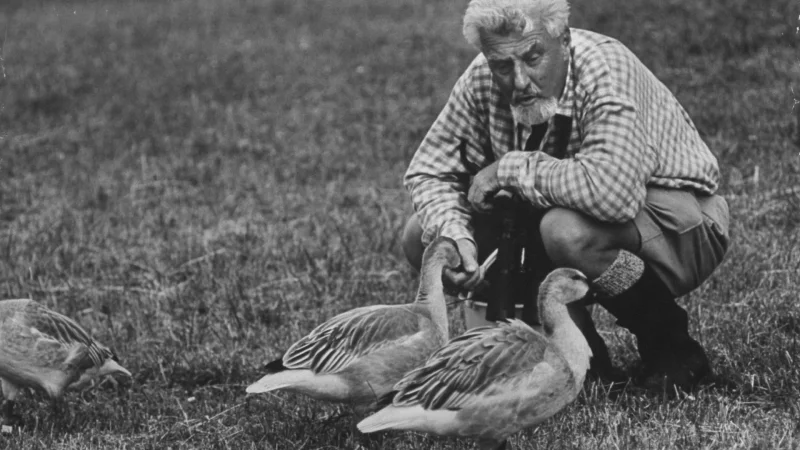Short Summary
Aage Bohr was a prominent Danish physicist known for his significant contributions to the field of nuclear physics. He was awarded the Nobel Prize in Physics in 1975 alongside Ben Mottelson and James Rainwater for their work on the collective model of the atomic nucleus. The son of famed physicist Niels Bohr, his groundbreaking research and theories have had a lasting impact on the scientific understanding of atomic structures.
Early Life & Education
Aage Bohr was born on June 19, 1922, in Copenhagen, Denmark. He was the fourth son of renowned physicist Niels Bohr and Margrethe Bohr. Growing up in an intellectually stimulating environment, he was naturally inclined towards science from an early age. He pursued his education at the University of Copenhagen, where he earned a master's degree in 1946. Following his studies, he worked as an assistant to his father and gained valuable insights and experience in the field of theoretical physics that would shape his future career.
Career Highlights
Aage Bohr's career was marked by significant scientific contributions, particularly in nuclear physics. He began working at the Institute for Advanced Study in Princeton, New Jersey, before moving to Los Alamos National Laboratory in 1943 during World War II. After the war, he returned to Denmark and completed his doctorate in 1954. His major career highlight came with the development of the collective model of the atomic nucleus, which he worked on with Ben Mottelson and James Rainwater. This model provided a more comprehensive understanding of nuclear structure and earned him the Nobel Prize in Physics.
Major Achievements
- Developed the collective model of the atomic nucleus with Ben Mottelson and James Rainwater, revolutionizing the understanding of nuclear structure.
- Awarded the Nobel Prize in Physics in 1975 for contributions to the theory of the atomic nucleus.
- Played a significant role in the Danish nuclear research program and served as director of the Niels Bohr Institute.
Famous Quotes
- "We all agree that your theory is crazy. The question which divides us is whether it is crazy enough to have a chance of being correct."
- "Physics is to be regarded not so much as the study of something a priori given, but as the development of methods for ordering and surveying human experience."
Interesting Facts
- Aage Bohr was part of the Manhattan Project during World War II.
- He was the fourth son of Niels Bohr, who also won a Nobel Prize in Physics.
- Despite his scientific achievements, he remained deeply interested in philosophical questions surrounding physics.
- He served as the director of the Niels Bohr Institute from 1963 to 1970.
- Bohr was known for his collaborative approach to scientific research, often working closely with other physicists.
Legacy / Influence
Aage Bohr's work profoundly impacted the field of nuclear physics, particularly through his development of the collective model of the atomic nucleus. His research has provided a deeper understanding of atomic structures and influenced subsequent generations of physicists. As a prominent figure in Danish science, he helped to cement Denmark's reputation as a leader in theoretical physics research.
FAQ
Q: Why is Aage Bohr famous?
A: Aage Bohr is famous for his contributions to nuclear physics, particularly the collective model of the atomic nucleus, and for winning the Nobel Prize in Physics in 1975.
Q: Was Aage Bohr related to Niels Bohr?
A: Yes, Aage Bohr was the son of Niels Bohr, the renowned physicist and Nobel laureate.
Q: What was Aage Bohr's major scientific contribution?
A: His major scientific contribution was the development of the collective model of the atomic nucleus, which provided a deeper understanding of nuclear structure.










